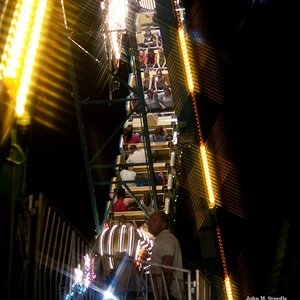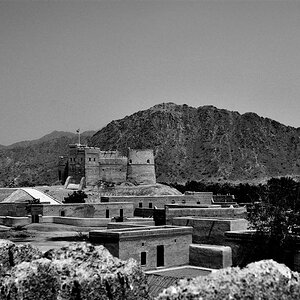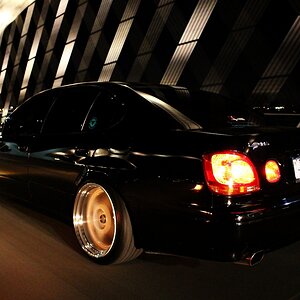Derrel
Mr. Rain Cloud
- Joined
- Jul 23, 2009
- Messages
- 48,225
- Reaction score
- 18,941
- Location
- USA
- Website
- www.pbase.com
- Can others edit my Photos
- Photos OK to edit
If you want the "classic Nikkor lens medium telephoto look", the one made famous by the Nikkor 105mm f/2.5 lens models, and that focal length's angle of view on film-era Nikon cameras, then on a DX-sensor digital SLR, you want roughly a 68mm lens. The conversion factor is roughly 1.53 for Nikon d-slrs of the modern era. The short end of a 70-200 AF lens, or the short end of a 70-210mm manual focus lens, or the long end of a 28-70mm or 24-70mm zoom lens, will give a pretty close angle of view match to the classic 105mm lens that was so,so popular in the film era.
Now, if you happen to have a 105mm Nikkor lens, and use it on your DX-sensor model Nikon d-slr, multiply the actual focal length of 105mm by 1.53, and you come up with just a tad bit over 160mm...in other words, a pretty good, narrow-angle telephoto lens length, similar to the 150mm or 180mm lengths that we had in the 1980's on the 70-150mm zooms, or the 180mm prime lens models.
Now, if you happen to have a 105mm Nikkor lens, and use it on your DX-sensor model Nikon d-slr, multiply the actual focal length of 105mm by 1.53, and you come up with just a tad bit over 160mm...in other words, a pretty good, narrow-angle telephoto lens length, similar to the 150mm or 180mm lengths that we had in the 1980's on the 70-150mm zooms, or the 180mm prime lens models.
Last edited:


![[No title]](/data/xfmg/thumbnail/32/32941-f21147be61c00828a23d6ce011d840eb.jpg?1619735773)
![[No title]](/data/xfmg/thumbnail/32/32940-461c74a1d3ad8d2862e02a293727c72a.jpg?1619735772)

![[No title]](/data/xfmg/thumbnail/39/39497-93752210dd49247220721e5ac8c61245.jpg?1619739055)




![[No title]](/data/xfmg/thumbnail/34/34133-7a1339dcac8b8cda8f7e1e4b6c828ccb.jpg?1619736305)
![[No title]](/data/xfmg/thumbnail/32/32942-4440dd4ca2ff307a5d19277feedf1d94.jpg?1619735774)

